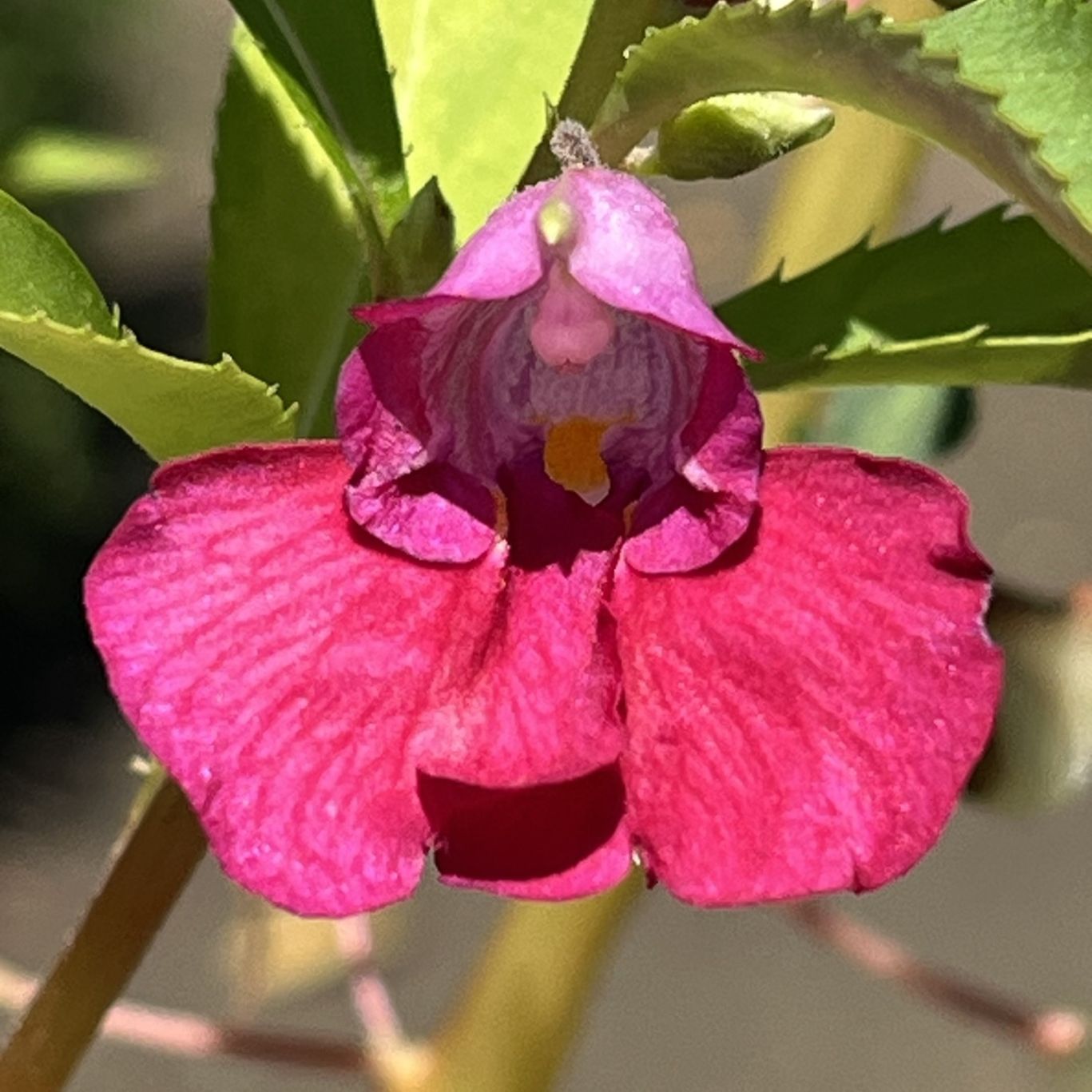ホウセンカの名前の由来は中国名「鳳仙花」の音読み。中国名は伝説の鳥「鳳凰」や気高い「仙人」のように、優美な花を咲かせるからです。
The Japanese name for Garden Balsam is a phonetic reading of its Chinese name. The Chinese name means “a graceful flower, like the legendary phoenix or a noble immortal.”
【仮名】ホウセンカ
【和名】鳳仙花
【英名】Garden Balsam, Rose Balsam
【学名】Impatiens balsamina
【誕生】08/ 27, 09/ 08, 09/ 18
【開花】06, 07, 08, 09月
【花色】White, Pink, Red, Purple, Violet, Orange
ホウセンカ
ホウセンカの概要
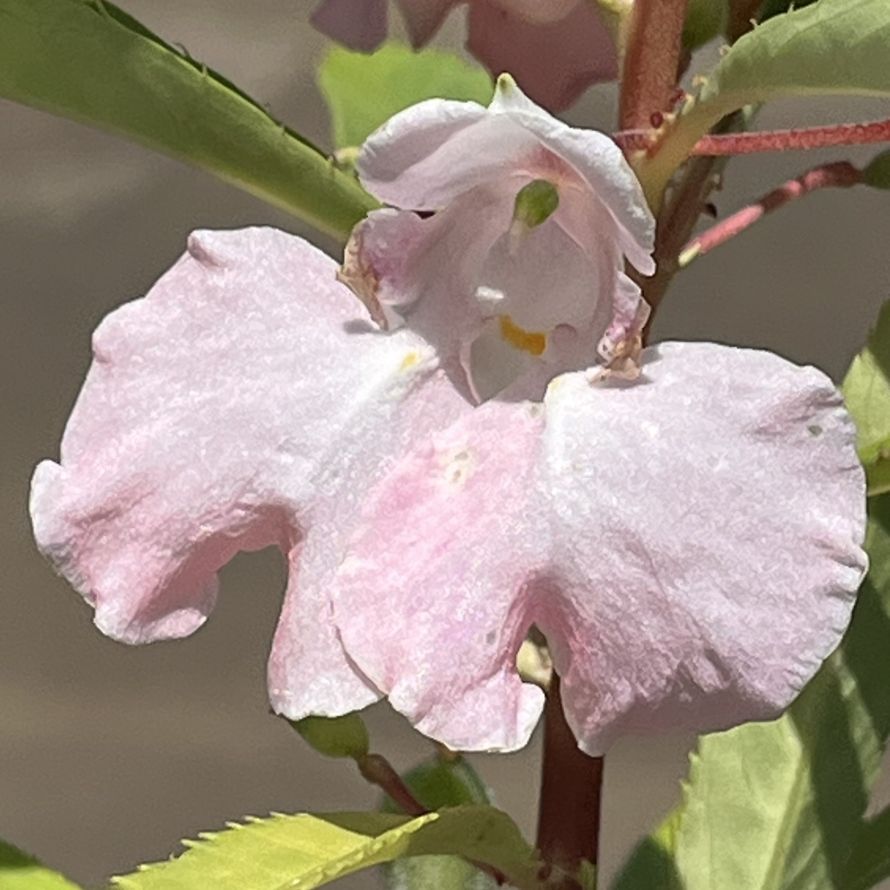
ホウセンカはツリフネソウ科ツリフネソウ属の1年草。原産地はインド、マレーシア、中国南部など高温多湿な亜熱帯地域です。日本へは平安時代~室町時代に渡来。昔から子どもたちが赤色の花を潰して爪に塗ったり、花後に熟した紡錘形の蒴果を指で触れて弾けさせて遊びました。
ホウセンカの名前
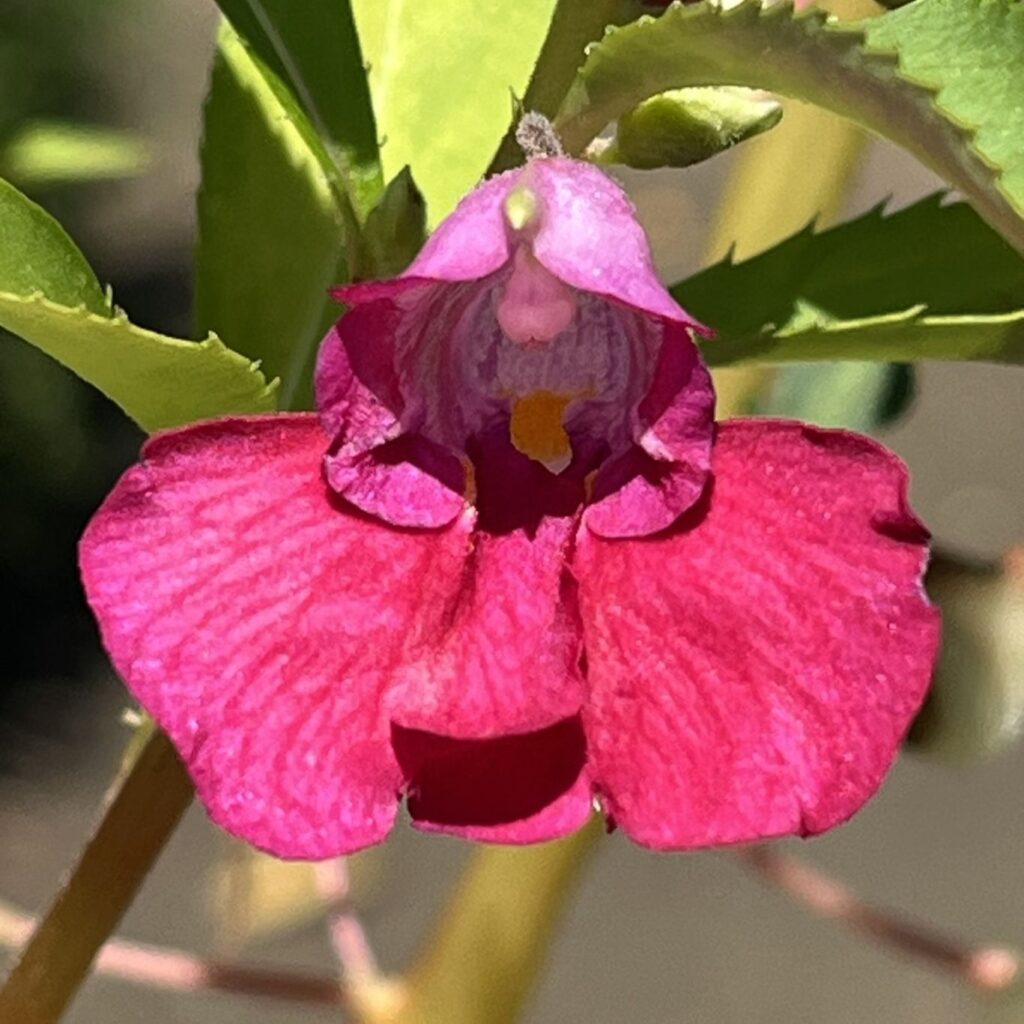
ホウセンカは中国名「鳳仙花」の音読み。伝説の鳥「鳳凰」や気高い「仙人」のように、優美な花を咲かせるからです。ラテン語の属名インパチェンスは「我慢できない」という意味。蒴果に触れると弾けるからです。種小名バルサミナは「香脂」という意味。昔の薬用に由来します。
ホウセンカの姿形
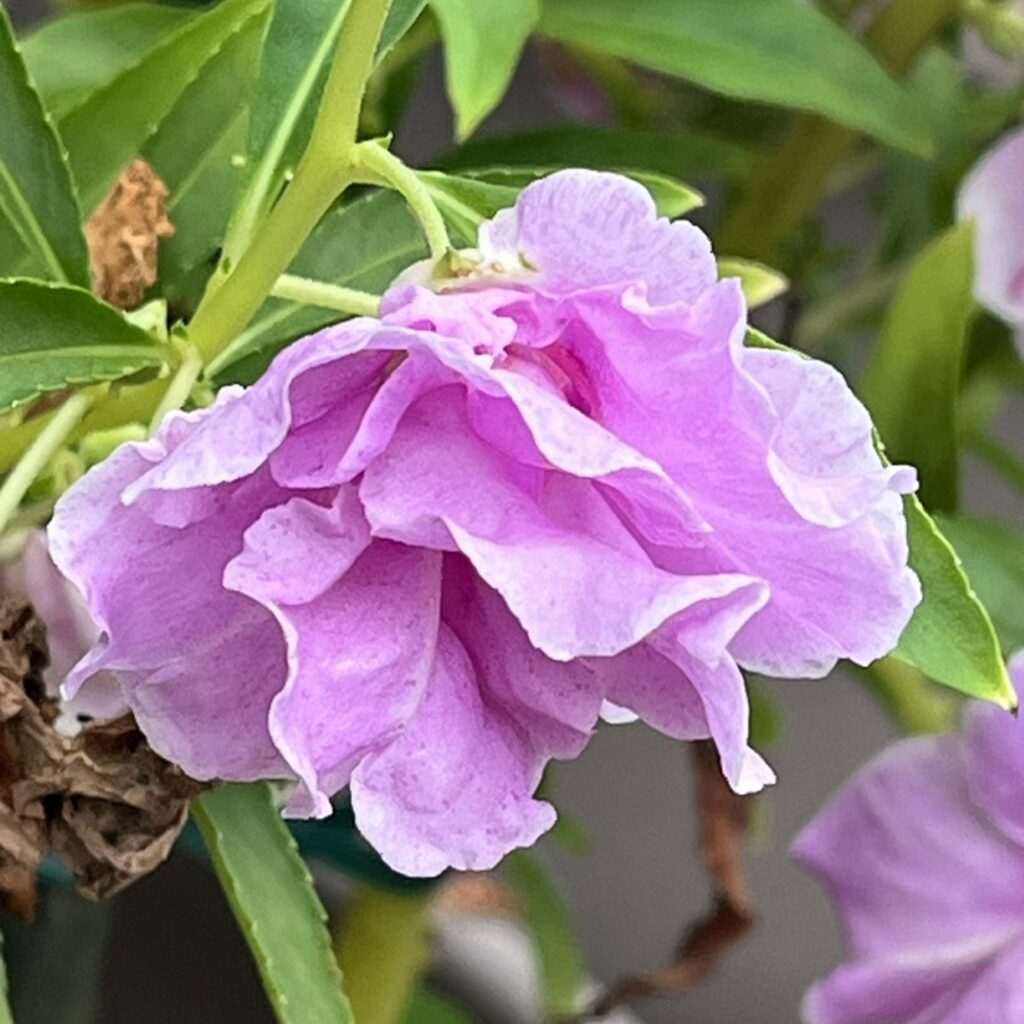
ホウセンカは直根が伸び、側根が広がります。茎は真っ直ぐ立ち上がり、緑色~赤色の柔らかい多肉質。葉は互生の披針形で縁に鋸歯があります。花は萼片が3枚、花弁が5枚、雄しべが5本、雌しべが5裂。旗弁が角のように尖り、翼弁が左右2枚ずつ合着し、後ろに距が伸びます。
ホウセンカの利用
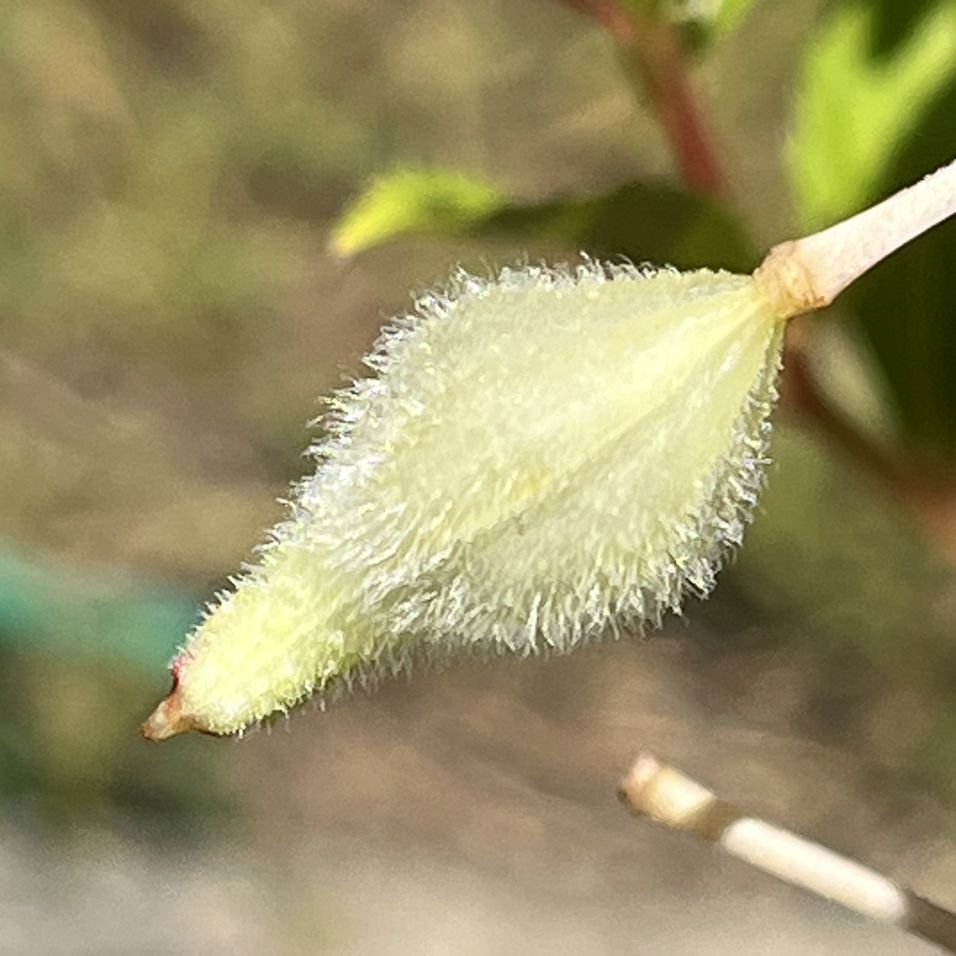
ホウセンカは昔、生薬「急性子」として種子が月経不順、中毒、腫れやむくみに、生薬「鳳仙」として花と葉が打ち身や腫れに、根がリウマチや関節痛などに用いられました。また、別名「爪紅」として花が赤色、桃色、黄色の染料に。女性や子どもたちが爪化粧などで楽しみました。
Garden Balsam
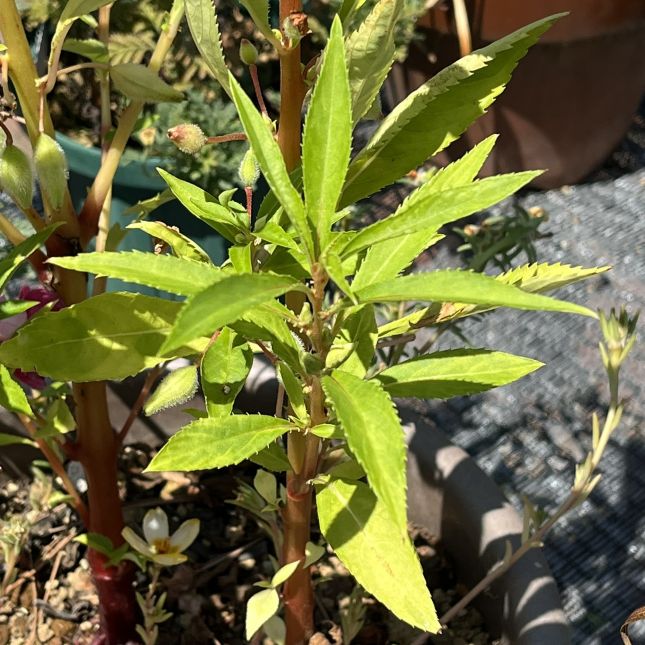
Garden balsam is an annual plant in the Balsaminaceae family. It is native to hot and humid subtropical regions such as India, Malaysia, and southern China. It was introduced to Japan between the Heian and Muromachi periods. Since ancient times, children have crushed the red flowers and applied them to their fingernails, or played with the ripe, spindle-shaped capsules that burst when touched after flowering.
The Japanese name for Garden Balsam is a phonetic reading of its Chinese name. The Chinese name means “a graceful flower, like the legendary phoenix or a noble immortal.” The Latin genus name, Impatiens, means “unbearable,” referring to the capsules that burst when touched. The specific epithet, balsamina, means “fragrant oil,” a reference to its ancient medicinal uses.
Garden balsam has a taproot and spreading lateral roots. The stems are upright and soft, fleshy, green to red. The leaves are alternate, lanceolate, and have sawtooth edges. Flowers have three sepals, five petals, five stamens, and a five-lobed pistil. The flower’s standard petals are horn-like, with two fused wing petals and a spur extending to the rear.
Garden balsam was once used as a medicinal herb: its seeds for menstrual irregularities, poisoning, and swelling; its flowers and leaves for bruises and swelling; and its roots for rheumatism and joint pain. The flowers also produce red, pink, and yellow dyes, which women and children used for nail dyeing and other purposes.

